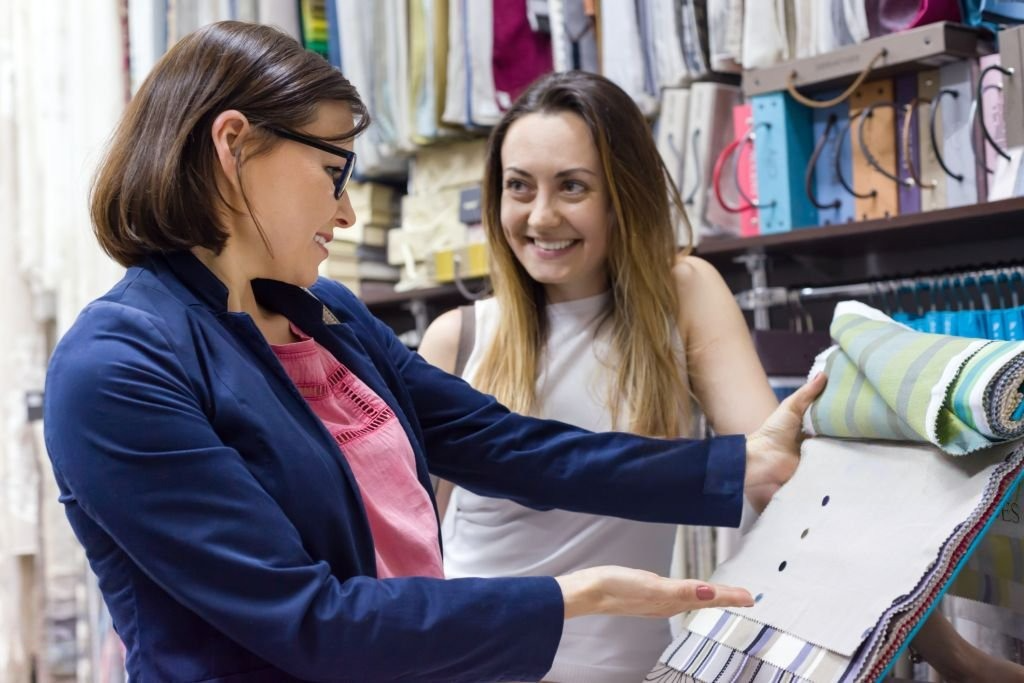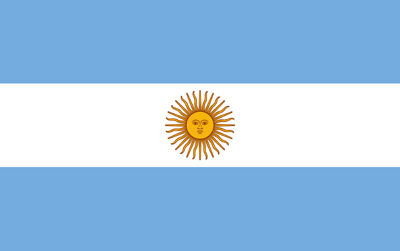As your clothing brand starts to grow, fabric sourcing becomes a lot more important and a lot more stressful. In the beginning, choosing fabric might have just been about picking nice colors or soft textures. But now, it affects everything: your product quality, your costs, and even how people see your brand.
Many growing brands run into the same problems: fabric that looks or feels different than expected, late deliveries that mess up your launch dates, or hidden costs that hurt your profit. It can feel frustrating and confusing, especially when you’re trying to do everything right.
The good news? You’re not alone, and there’s a better way to handle it.
This guide will show you what to watch out for when sourcing fabric, how to find the right suppliers, and how to build a system that works as your brand gets bigger. If you want to avoid costly mistakes and feel more in control, this guide is for you..
Understanding Your Sourcing Needs as You Scale
When your brand is small, you can often manage fabric orders yourself. But as you start to grow, you need to plan ahead and get more strategic.
What Changes as You Grow:
- You need more fabric, more often.
- Your customers expect the same quality every time.
- You must think about delivery times and bulk costs.
Ask yourself:
- What are your best-selling items?
- Do you need the same fabric every season?
- Can your current suppliers meet your growing needs?
Key Considerations for Sourcing at Scale
A. Quality Consistency
Nothing turns off customers faster than inconsistency. If a shirt feels different in the next batch, they’ll notice.
Tips:
- Create a clear fabric spec sheet (weight, texture, color, stretch, shrinkage).
- Ask suppliers for lab tests or previous production samples.
- Keep swatches from past orders for comparison.
B. Minimum Order Quantities (MOQs)
As you grow, suppliers may demand larger MOQs. But that doesn’t mean you’re stuck with high numbers.
Tips:
- Negotiate! Long-term relationships allow flexibility.
- Ask if you can split one order across different colors.
- Partner with other small brands to meet MOQs.
C. Lead Times and Production Planning
Fabric production and delivery can take 4 to 12 weeks. Growing brands must think months ahead.
Tips:
- Plan sourcing 3–6 months before launch.
- Build buffer time into your production calendar.
- Ask suppliers for realistic lead time estimates.
D. Pricing and Cost Control
Bulk ordering can save money, but surprises can still happen.
Tips:
- Get full quotes with hidden costs (shipping, customs, sampling).
- Compare prices across 2–3 suppliers.
- Ask about discounts for long-term or repeat orders.
| Cost Factor | What to Ask |
| Fabric cost per yard | Is it stable or does it vary monthly? |
| Shipping fees | Who pays: buyer or seller? |
| Sampling fees | Are they refunded on bulk orders? |
| Taxes/customs | Any duty fees for importing? |
Where to Source Fabrics: Domestic vs. International
Both local and overseas sourcing have their pros and cons.
Domestic (Local) Sourcing:
Pros:
- Faster delivery
- Easier communication
- Smaller MOQs
Cons:
- Higher cost
- Limited fabric variety
International Sourcing:
Pros:
- Lower prices
- Larger fabric selection
- Custom fabrics are more available
Cons:
- Longer lead times
- Risk of miscommunication
- Import taxes
Top Sourcing Countries:
| Country | Strengths |
| India | Cotton, organic options, artisanal prints |
| China | Volume, variety, affordable pricing |
| Pakistan | Sustainable cotton, low labor costs |
| Turkey | Quick shipping to Europe, strong QC |
| Bangladesh | Apparel + fabric sourcing combo |
Evaluating Suppliers: Red Flags and Green Lights
Choosing the right supplier is one of the most important steps in scaling your fabric sourcing.
Questions to Ask:
- Can they meet your MOQ and lead time?
- Do they offer samples and lab testing?
- What is their return or replacement policy?
- Do they have references or case studies?
Look For:
Certifications like OEKO-TEX, GOTS, BCI
Clear communication and regular updates
Willingness to start small and grow with you
Avoid:
Vague pricing
Missed sample deadlines
Poor email or phone communication
Building Supplier Relationships for Long-Term Growth
Your supplier is your partner. Treat them with respect and they’ll return the favor.
Tips:
- Communicate early and often
- Pay on time
- Give feedback on fabric performance
- Be honest about your brand’s growth goals
Over time, good suppliers will offer:
- Better pricing
- Priority on production schedules
- Exclusive fabric access

Sourcing Sustainable Fabrics as a Growing Brand
Eco-conscious customers are looking for ethical fashion. Sustainable fabric sourcing shows you care.
Popular Sustainable Fabrics:
- Organic cotton
- Recycled polyester
- Hemp
- Tencel / Lyocell
Tips:
- Start with one eco-friendly product in your line
- Ask for fabric certifications
- Be honest in your marketing, no greenwashing!
Tech and Tools to Streamline Fabric Sourcing
Use digital tools to stay organized and efficient.
Platforms to Find Suppliers:
- Fibre2Fashion
- SwatchOn
- Alibaba
- Common Objective
Project Management Tools:
- Trello or Notion for tracking samples and orders
- Google Sheets for budgeting and supplier comparisons
- Loom or Zoom for video calls with overseas suppliers
Common Sourcing Mistakes to Avoid
- Ordering too much or too little
- Always review sales history before reordering
- Always review sales history before reordering
- Ignoring supplier holidays or lead times
- Chinese New Year can shut factories down for weeks
- Chinese New Year can shut factories down for weeks
- Skipping sample testing
- Always wash and stretch sample fabrics to see how they perform
- Always wash and stretch sample fabrics to see how they perform
- Not signing contracts
- A written agreement prevents pricing and delivery problems
Case Study: How a Brand Improved Margins by Sourcing Smart
Ella started her athleisure brand in 2021. In the beginning, she bought fabrics from a local vendor at $8 per yard. As her orders grew, she found a certified supplier in Pakistan offering the same quality fabric at $5 per yard. By switching, she:
- Saved $3 per unit
- Cut shipping time from 12 to 8 weeks
- Gained access to eco-certified materials
Ella’s brand grew 60% in one year, all thanks to sourcing smarter.
Summary
Finding and choosing the right fabric is one of the most important steps in growing a successful clothing brand. As your business gets bigger, fabric sourcing becomes more than just picking what looks or feels nice, it’s about making smart decisions that affect how your products turn out, how much money you make, and how happy your customers are.
Every choice matters. If you choose the wrong supplier, you might get poor quality fabric, late deliveries, or unexpected costs. But if you plan carefully and work with the right people, you can build a smooth and reliable system that helps your brand grow.
Start by knowing what your brand really needs the type of fabric, the amount, and your budget. Use simple tools like spreadsheets or project apps to keep track of orders and prices. Always communicate clearly with suppliers and treat them like long-term partners. That relationship can lead to better deals, faster service, and more trust over time.
And remember the fashion industry changes fast. New trends, fabric types, and challenges pop up all the time. So be ready to adapt and learn as you grow.
With the right approach to fabric sourcing, your brand won’t just grow it will grow stronger, smarter, and more successful.
FAQs
How do I know if I’ve outgrown my current fabric supplier?
If they can’t meet your MOQs, lead times, or quality needs anymore, it may be time to find someone who can.
What’s the best way to negotiate lower MOQs as a mid-sized brand?
Offer to commit to multiple orders over time, or suggest splitting the MOQ across different colors.
Are there fabric sourcing agents that specialize in growing fashion brands?
Yes. Many agents work specifically with small-to-medium fashion labels and offer sourcing, sampling, and QC help.
How can I ensure consistent dye lots and finishes across production runs?
Always ask for color lab dips and pre-shipment samples. Keep a control swatch from your previous order.
What’s the safest way to source fabrics internationally without visiting in person?
Use platforms with verified suppliers, request video tours, and start with small sample orders before scaling up.







